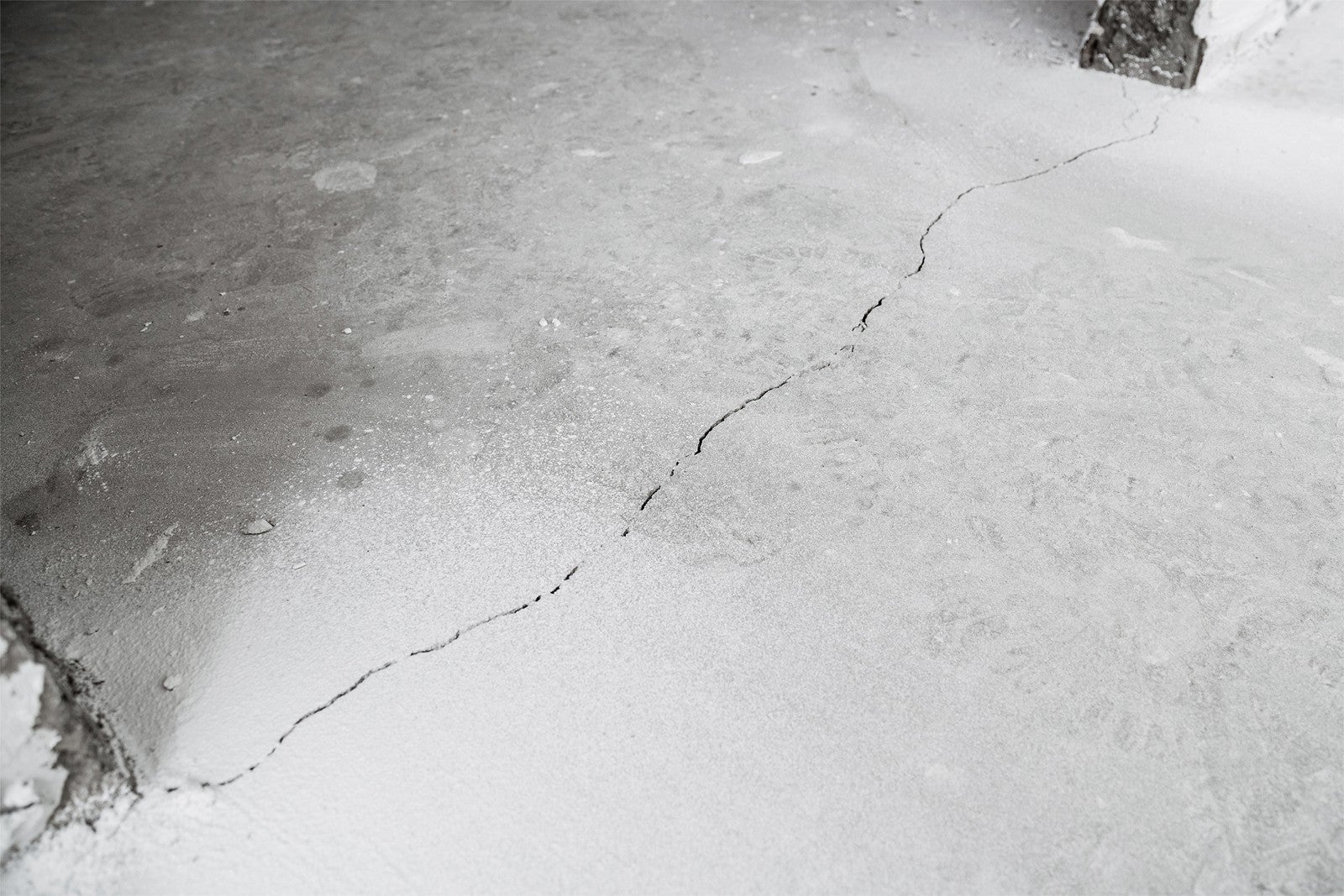
Like the first scratch on a new car, a crack in the concrete floor of your newly built home is not a question of if, but when. But while not pretty, most concrete floors crack because it’s the normal result of a home settling and is not a cause for concern.
What happens to new concrete floors
Concrete naturally shrinks and cracks as it dries. In fact, it can take up to two years for concrete to fully cure. Under Ontario’s new home warranty, cracks resulting from normal shrinkage are acceptable. However, if they exceed four millimetres in width within your home’s first year, your builder must repair them.
How to measure
Allen keys are a simple and effective way to measure the width of concrete cracks. It’s important to measure inside the crack and not at the surface, where material falls away and makes the crack appear wider than it actually is. To determine the proper width, you should be able to insert the Allen key about a centimetre into the crack.
Other things to look for
In addition to the width there are a few other things to look for when assessing floor cracks:
- This is where one side is higher than the other. This could be the result of shifting and may be an indication of a problem underneath.
- Wetness around the cracks could be simply due to dampness, or could be the result of something more serious, such as a low water table.
- An excessive number of cracks.
Making a warranty claim
If your home is less than a year old and you notice any of these abnormal situations, contact your builder and report the issue on a warranty form to Tarion Warranty Corporation. If you have questions about other issues in your new home, check out the Construction Performance Guidelines on the Tarion website. The Guidelines contain the most commonly reported items and indicate whether they are covered by the new home warranty.
Source: Newscanada.com